
A new AI center called xAI Colossus, located in South Memphis, is using an unprecedented amount of local resources. Elon Musk’s data center requires a lot of electricity – close to the same amount that could power 100,000 homes, and there are plans to increase the capacity soon.
xAI manages to generate much of this power through dozens of methane generators that are used on-site. These generators have implications for the surrounding environment, as they release harmful chemicals into the air.
These chemicals could have consequences for residents who live close to the data center. This showcases how innovative tech projects with massive funding can use up local resources and potentially harm local communities.
A History
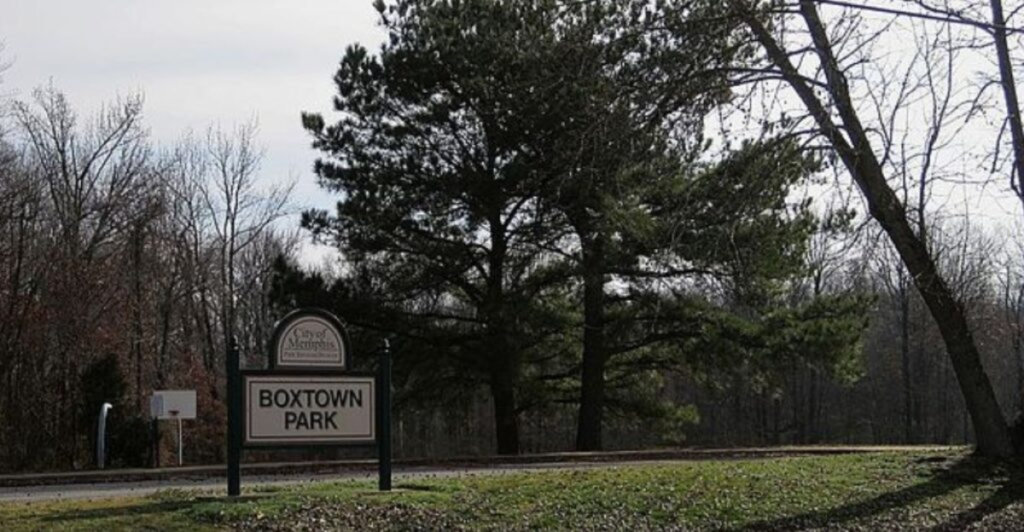
xAI is close to the neighborhood of Boxtown, which has already faced a history of unfair treatment and hardship. The town was originally started by formerly enslaved black families. As time has gone on, it has been either ignored or mistreated by big companies.
xAI’s center was built quickly in under 20 days, and most residents most likely didn’t even know about its construction. The quick construction was thanks to the center reusing an old Electrolux plant as a basis.
This could be a sign of the past being repeated, as big factories in history have encroached on living spaces and had harmful repercussions for residents living there. The methane turbines at xAI could continue this legacy, releasing chemicals near homes and schools.
Energy Consumption
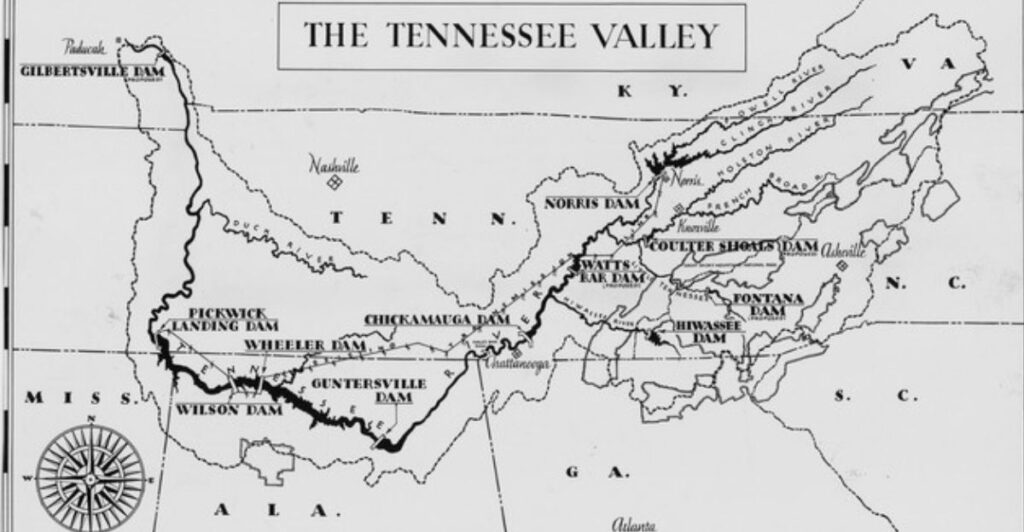
The power demands of Musk’s AI center are enormous, and rival the consumption of some small nations. The center has a 1 gigawatt requirement, which is the same output as a nuclear reactor, and only serves the interests of one corporate company as opposed to providing electricity for millions as a nuclear plant would.
xAi’s connection to the local power grid was approved by Tennessee Valley Authority (TVA) but have allowed the gas generators to stay operational, creating two burdens – one from the on-grid consumption, and the second from releasing pollutants into the air.
xAI, all on its own, consumes about a third of what the city of Memphis uses. This could risk power shortages and increase local power costs for residents.
Health Risks

Projections show that the methane generators at xAI could create about 4.8 tons of formaldehyde in one year, which is a potential carcinogen and poses health risk factors for anyone unlucky enough to live in the proximity of the center.
Particulate matter from these generators is linked to heart attacks, asthma, and premature death, with the highest risk to the population of elderly people and children in the area.
TVA has made pledges for renewable energy, but xAI has not committed to getting rid of their gas turbines despite being now on the grid. Instead, a hybrid method of gas and electricity is being used which risks the health of local residents and puts further strain on the power grid.
Local Water Resources

xAI not only consumes unprecedented amounts of electricity but also requires enormous amounts of water. The center uses around one million gallons of water every day as a means to cool off its servers.
This threatens local drinking water sources like the Memphis Sands Aquifer. The overpumping of water has its own implications, with Protect Our Aquifer warning people that it may lead to arsenic being released into the water supply. Wastewater recycling plans only reduce the strain on local water sources by a small amount.
Although the area isn’t prone to drought, the overuse of its resources could still have negative impacts on local communities. Long-term sustainability is needed to ensure that the integrity of local water sources remains.
Impact On Local Wildlife

The focus currently is the effects that the pollution and energy consumption will have on local people, but these risks are not only limited to humans. The emissions and resource demands of xAI could have consequences on wildlife in the area and their ecosystems. The methane generators are releasing harmful chemicals into the air, which will effect birds, small mammals, and even aquatic animals.
The nearby parks and waterways sustain important habitats, which are now at risk. Nitrogen oxides are a pollutant that contributes to ground-level ozone. This pollutant could harm plant life, having a knock-on effect on many animals that rely on them for survival.
Wetlands and streams are also put in harm’s way with the large water consumption of the facility. Local species are specialized for wetland habitats and are vulnerable to even small environmental changes.
Community Resistance
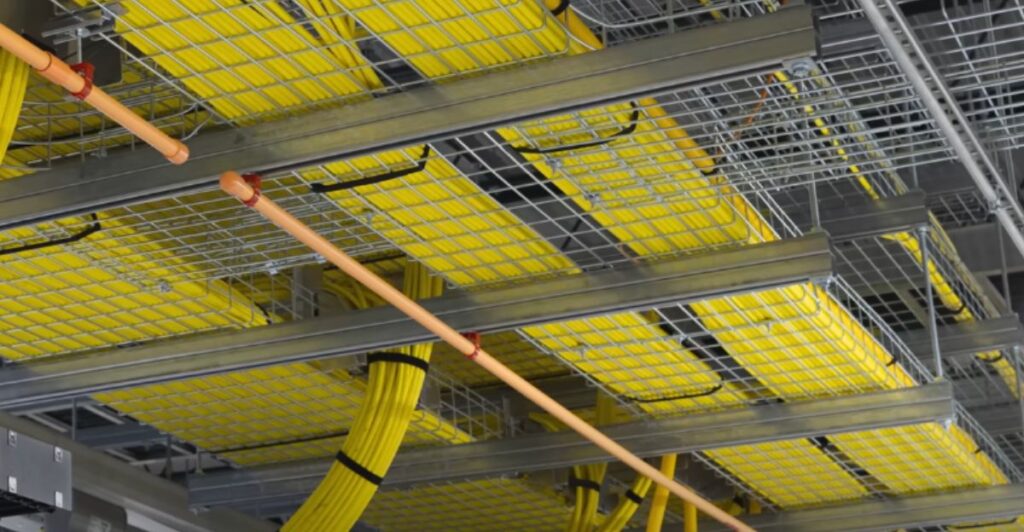
Many are aware of the risk factors associated with the xAI, and the Memphis Community Against Pollution (MCAP) says that they have not been told the whole truth, with xAI having little to no transparency.
Yolanda Cooper-Suttion is a councilwoman who only knew about xAI after post-approval, even though even minor development efforts need a public hearing.
There were also increases in GPU (graphics processing unit) capacity from 100,000 to one million, which was hidden during initial permitting. This could suggest that there was deliberate deceitfulness to fast-track progress.
Regulatory Failure
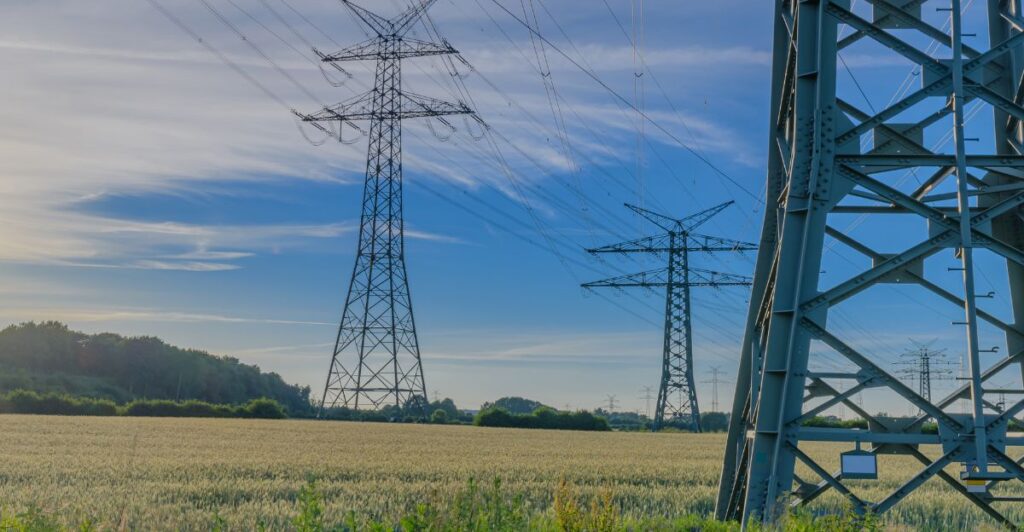
xAI’s approval for connection to the power grid was approved by the Tennessee Valley Authority while overlooking the methane turbine emissions. This is a failure in regulation, which is reminiscent of past scandals.
Many argue that Musk’s waivers could have been secured under false pretenses, proposing only 150 megawatts before growing the facility to the 1 gigawatt we see today. The only ones that will see the consequences of these effects are local people and wildlife, showcasing unfair treatment of masses who had no say in any development.
Environmental regulation is crucial in protecting the interests of both local communities and local fauna and flora, which sometimes inhabit fragile ecosystems.
A Growing Trend
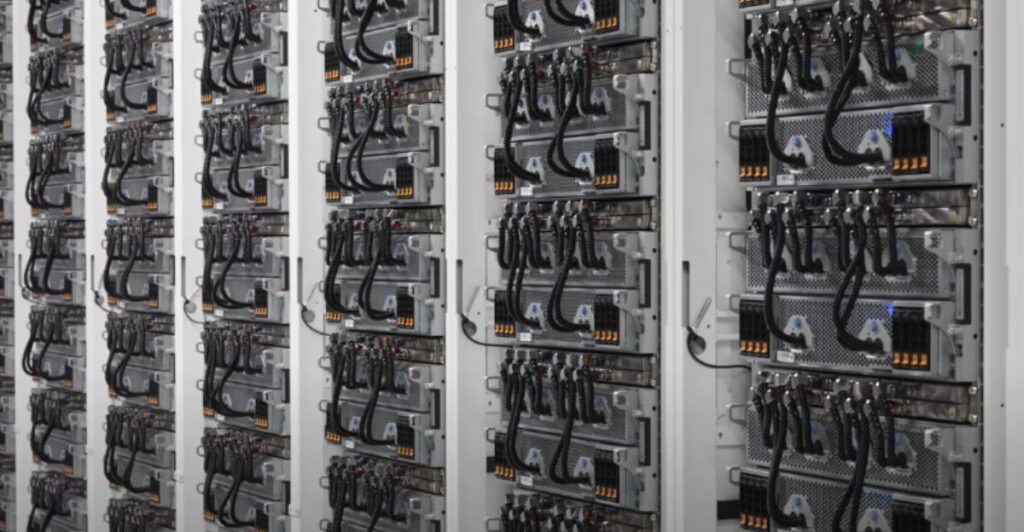
The trend of xAI’s model is only growing, with other companies like Microsoft building their Phoenix data centers, which consume millions of gallons of water every day in Arizona, which is a drought-prone region.
Google has their Odessa, Texas, center which puts heavy strain on a grid that is reliant on energy from coal.
In all of these regions, people may face the repercussions of this growing trend where innovation draws on local resources and creates scenarios where just breathing in the air poses a health risk.
Artificial Intelligence is being pursued by many major companies, which could be a problem when by nature, it has a huge environmental toll that disproportionately impacts communities that aren’t aware of their effects until it’s too late.
Unsustainable By Nature
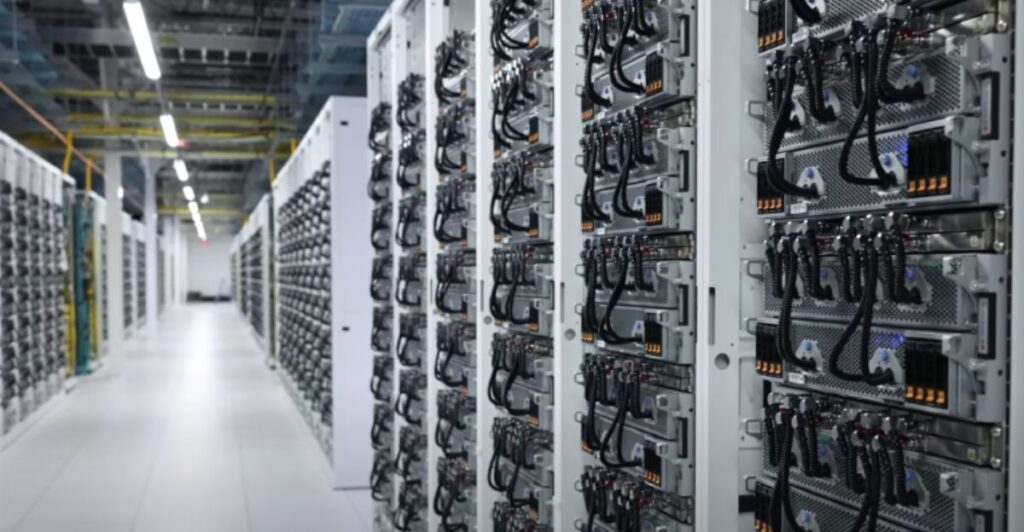
xAI in Memphis and other AI data centers in other cities across other states showcase how AI’s unsustainable nature could create concerning trajectories. Prioritizing computational growth over human and environmental welfare is a dangerous trend that echoes historic industry.
There are potential solutions to these problems, but they require governments to enforce environmental legislation and challenge tech giants. Intervention is needed when there is a danger to the health of the public and local wildlife, not to mention the implications for future power consumption.
xAI may only continue to grow in the future, as Musk’s innovation for technological advancement is unmatched.
Explore more of our trending stories and hit Follow to keep them coming to your feed!

Don’t miss out on more stories like this! Hit the Follow button at the top of this article to stay updated with the latest news. Share your thoughts in the comments—we’d love to hear from you!







